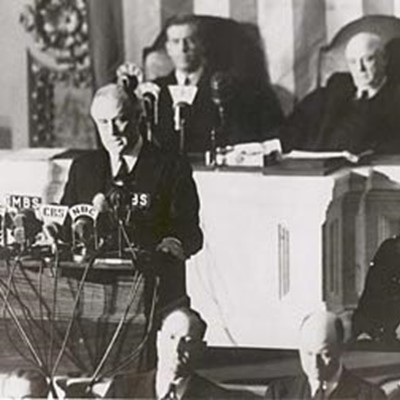
One of the most popular features of our private on-site programs is our section that deals with how to answer questions from customers.
Not only do individuals get on–their-feet practice but teams tells us the other benefit is this: Now I know how to answer that question we get all the time.
Because here's what we've learned through this process with many companies:
- People often get a question repeatedly that they struggle to answer.
- But they don't pause later on to figure out what a good answer to that frequently asked question would be.
- Instead, they muddle through and hope they won't have to deal with it again (even though experience should be teaching them that they will).
Instead of crossing your fingers or feeling the dread, here's what you and your team can do instead:
1. Collect a list of questions.
Create a list of all the questions you get from clients—the ones you think are easy to answer and the ones you find difficult to handle.
Why the easy ones? Because sometimes, the hardest questions to answer are the obvious, seemingly simple ones. (If you've ever struggled to answer "what does your company do?" in a single sentence, you know what we mean.)
2. Get together with your team and work out answers.
Step through the questions one by one and ask people to answer. Pause after each answer to discuss:
- Is that information accurate?
- What does the person asking really want to know?
- Do we agree on what the best answer might be?
When we work with groups on Q&A, we have a few techniques we teach that can help you deliver a more effective response. But before we can even work on those, we find companies have details they need to work out.
It's not uncommon to find people on the same team have widely different perspectives on what the "right" answer is or what the "best" answer should be. By discussing all of those issues for each question, teams can finally grapple with FAQs that have long stumped them.
3. Practice delivering your better answer.
Once you've worked out the nuances of answering a question for a specific audience, get up on your feet and practice. Have people tee up the question in different ways, so you can learn to recognize it. Have people challenge your answer.
Practice like this will greatly increase your confidence and your effectiveness when you take these questions again while presenting or speaking to customers.
4. Reflect and refine.
As you start using your new-and-improved answers in the real world, notice what happens. Does the answer help in the way you'd hoped? Are there new challenges that pop up?
Share what you learn with your team, so you can continue to handle those questions with the best answers for your audience and the least amount of stress for you.
Investing the time pays off
Yes, it may take hours and several group sessions to work through your frequently asked questions list, but the return can be huge:
- The process improves the understanding and knowledge of everyone on the team.
- The practice heightens every person’s ability to represent themselves and your organization.
- The answers you agree on reduce individual stress and the risk that misinformation is going out to customers.
LEARN MORE
Your best approach to handling questions requires you to assess the situation and apply critical thinking. Here's how to consider context for your next Q&A.
Should you repeat the question before your answer it? Find our thoughts on that critical piece of managing a Q&A session here.
What can you do if someone's asking a question with the goal of making you look bad? Find some ways to respond here.






